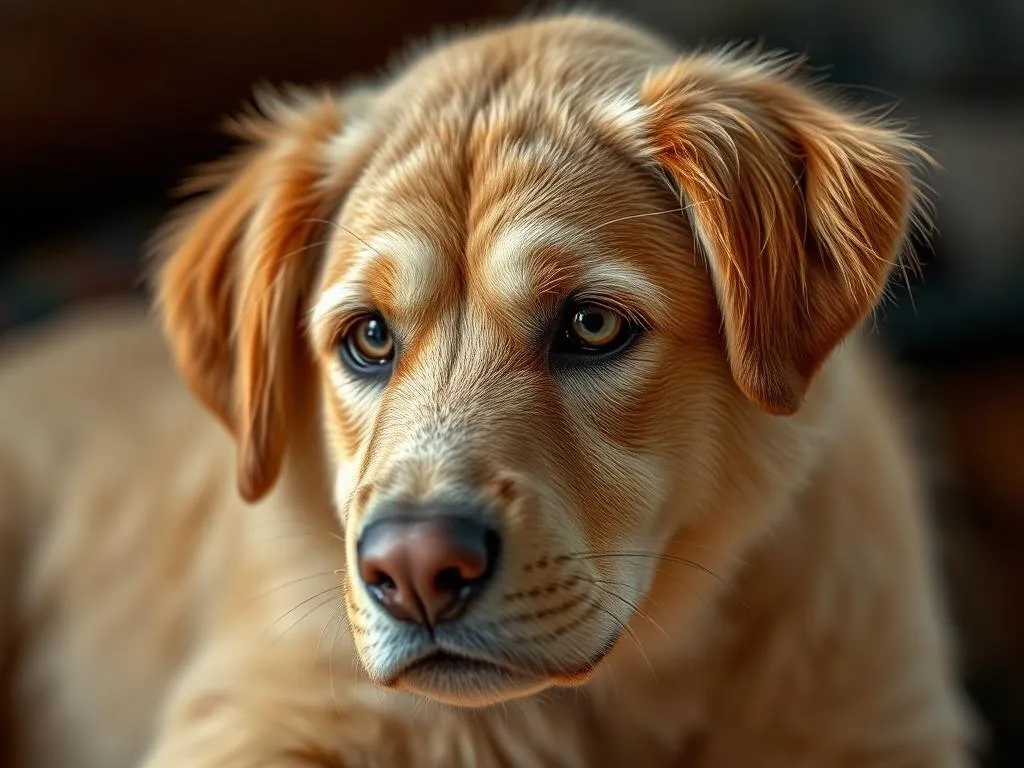
Introduction
When considering bringing a dog into your family, it’s crucial to understand the various dog breeds available. Each breed comes with its own unique traits, temperaments, and care requirements, making it important for potential dog owners to do their homework. Among the myriad of breeds, the Boxita stands out as a fascinating mixed breed that combines the best qualities of two beloved parent breeds: the Boxer and the Akita.
This article aims to inform readers about the Boxita, detailing its characteristics, care needs, and suitability for families. By understanding the Boxita, potential dog owners can make informed decisions about whether this breed is the right fit for their lifestyle and home environment.
What is a Boxita?
Definition of Boxita
The Boxita is a mixed breed dog that results from crossing a Boxer and an Akita. As a hybrid breed, Boxitas inherit traits from both parent breeds, creating a dog that is both unique and versatile. This blend typically results in a loyal, energetic, and protective companion.
History of the Boxita
To fully appreciate the Boxita, it’s essential to understand its parent breeds.
The Boxer originated in Germany in the late 19th century, primarily used for hunting and later as a companion dog. Known for their strength, agility, and affectionate nature, Boxers have become popular family pets.
On the other hand, the Akita has a rich history dating back to Japan, where it was originally bred for hunting large game. Akitas are known for their loyalty and dignified demeanor, often forming strong bonds with their families.
The emergence of the Boxita breed combines the rich histories and desirable traits of both breeds, resulting in a dog that is both spirited and devoted.
Characteristics of the Boxita
Physical Appearance
Boxitas are medium to large-sized dogs, typically weighing between 60 to 100 pounds. Their height can range from 22 to 28 inches at the shoulder.
Their coat is generally short and dense, requiring minimal grooming. Coat colors can vary widely, often showcasing a blend of the Boxer’s fawn or brindle and the Akita’s white, red, or pinto. Distinctive features of the Boxita include a broad muzzle, powerful build, and expressive eyes, which contribute to their appealing appearance.
Temperament and Behavior
Boxitas are known for their loyalty and protective instincts. They tend to be playful and affectionate, making them excellent companions for families. Boxitas typically exhibit a friendly demeanor towards children and can coexist well with other pets if socialized properly.
However, potential owners should be aware that Boxitas may inherit some stubbornness from their Akita parent, leading to challenges in training. Their protective nature can also manifest as wariness towards strangers, so early socialization is crucial to ensure they grow up to be well-adjusted dogs.
Health Considerations
Common Health Issues
Like all breeds, Boxitas can be prone to certain health issues. Common hereditary conditions associated with Boxers include hip dysplasia, heart problems, and certain types of cancer. The Akita may pass on issues such as autoimmune disorders and hypothyroidism.
Boxitas may inherit any combination of these health concerns, making regular veterinary check-ups essential for early detection and management of potential health issues.
Preventative Care
Preventative care is vital for maintaining the health of your Boxita. Regular veterinary check-ups should include vaccinations, flea and tick prevention, and heartworm testing. Additionally, a balanced diet tailored to your dog’s age, weight, and energy level is essential for optimal health. Daily exercise is also critical, as Boxitas are active dogs that thrive on physical and mental stimulation.
Training and Socialization
Importance of Early Training
Starting training early is crucial for Boxitas, as it helps set the foundation for good behavior. Basic obedience training, including commands like sit, stay, and come, is essential. Additionally, agility training can be beneficial, as Boxitas enjoy physical challenges and mental stimulation.
Socialization Techniques
Socializing a Boxita involves exposing them to different people, environments, and other animals from a young age. Positive reinforcement methods, such as treats and praise, can encourage good behavior during socialization sessions. Regular trips to parks, puppy classes, and playdates with other dogs can significantly improve your Boxita’s comfort level around various stimuli.
Grooming and Care
Grooming Needs
Grooming a Boxita is relatively straightforward, given their short coat. Regular brushing, about once a week, will help remove loose hair and keep their coat healthy. Bathing should occur only as necessary to maintain their natural oils, typically recommended every few months or when they become particularly dirty.
Exercise Requirements
Boxitas require daily exercise to maintain their physical and mental well-being. At least an hour of vigorous activity, such as walks, hikes, or play sessions, is recommended. Engaging in games like fetch or tug-of-war can also provide excellent outlets for their energy.
Boxita as a Family Pet
Suitability for Families
Boxitas are generally well-suited for families, thanks to their affectionate and protective nature. They often bond closely with children and can be gentle and playful. However, their size and energy levels mean supervision around younger kids is advisable.
Pros of having a Boxita as a family pet include their loyalty, intelligence, and protective instincts. On the downside, potential challenges may arise from their stubbornness, which can make training more complex.
Living Environment
Boxitas adapt well to various living environments, but they thrive best in homes with ample space for them to move around. A house with a yard is ideal, allowing them to run and play. However, Boxitas can also adapt to apartment living if provided with sufficient daily exercise and mental stimulation.
Conclusion
In summary, the Boxita is a unique and engaging breed that combines the best traits of the Boxer and Akita. With their loyalty, affectionate nature, and protective instincts, they can be wonderful companions for families. Understanding their care requirements, training needs, and health considerations is essential for ensuring a happy and healthy life for your Boxita.
As you consider welcoming a Boxita into your family, remember that responsible pet ownership involves committing to their lifelong care. With the right environment, training, and love, a Boxita can become a cherished member of your family.
FAQs About Boxitas
What is the lifespan of a Boxita?
The average lifespan of a Boxita is between 10 to 15 years, depending on health, diet, and care.
Are Boxitas good with children?
Yes, Boxitas are typically good with children, showing affection and playfulness. However, supervision is advisable due to their size and energy.
How much exercise does a Boxita need?
A Boxita requires at least an hour of exercise daily, including walks, playtime, and mental stimulation activities.
How do I find a reputable breeder for a Boxita?
Research local breeders who focus on ethical practices and health testing. Attend dog shows or consult breed clubs for recommendations.
What is the average cost of a Boxita?
The average cost of a Boxita can vary widely, typically ranging from $500 to $2,000, depending on the breeder and location.
With this comprehensive guide, prospective dog owners can make informed decisions about welcoming a Boxita into their lives, ensuring both the dog and the family thrive in a loving and supportive environment.









